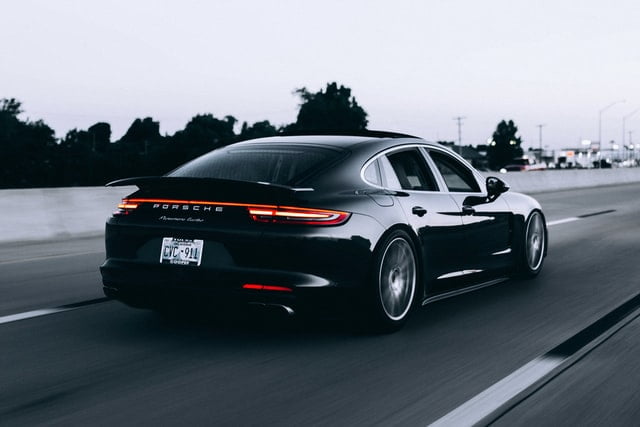Are Autonomous Cars Safe? Here's What You Need To Know
Self-driving cars are taking over the world and have the ability to detect and avoid obstacles, get to perfect destinations, and get you where you need to go. BY 2026, the worldwide market for autonomous vehicles is expected to be worth $556.67 billion. Self-driving cars are getting more popular by the day to give people more options when it comes to traveling in their daily lives. These benefits can be seen in multiple industries today, but they are most beneficial in the transportation sector. There will be less traffic on our roads with self-driving cars that can detect nearby traffic signals and navigate through intersections with ease.
Are Driverless Cars Safer than Non-Driverless cars?
Short answer – no. Currently, self-driving cars have a greater accident rate than human-driven automobiles, but the injuries are less severe. Self-driving auto accidents occur at a rate of 9.1 per million miles traveled, compared to 4.1 per million miles for normal cars. A 2021 death involving a self-driving Tesla happened in Texas on Saturday, April 17, when the vehicle crashed, killing both occupants and burning for four hours. According to The Washington Post, The National Transportation Safety Board (NTSB) is investigating the crash, although police say no one was operating the vehicle.
In real-world driving, automobiles equipped with active driving assistance systems encountered some kind of difficulty every eight miles, according to a 2020 AAA research. They also discovered that active driving assistance systems, which integrate vehicle acceleration, braking, and steering, frequently disconnect without warning, requiring the driver to retake control right away. It’s simple to understand how this situation may end badly if the driver is even slightly distracted or relies too heavily on the system’s capabilities. If you or a loved one have been injured in a self-driving car accident, you’ll need a car accident lawyer who is familiar with the legal, technological, and legislative issues of this industry.
Six degrees of autonomy
Although the National Highway Traffic Safety Administration (NHTSA) has classified driver-assist technology into six degrees of autonomy, most customers are ignorant of the distinction. Automakers prefer to blur the boundary in their marketing due to the lack of industry norms and laws. Using a mix of advanced AI software, LiDAR, and RADAR sensing technologies, fully self-driving cars, also known as Level 5 AVs, are meant to drive without a human operator. And technology is still evolving in the hopes of making self-driving cars better and safer. Level 5 AVs will be a new form of vehicle with self-learning, self-repairing, self-configuring software, autonomous social interaction, and autonomous driving skills capable of handling a variety of circumstances.
Self-driving vehicles are the future, but their safety statistics versus manual and fully human-driven cars speak for themselves. You have a greater risk of accidents in self-driving cars than human-driven ones. Self-driving auto accidents occur at a rate of 9.1 per million miles traveled, compared to 4.1 per million miles for normal cars. We look forward to the day when autonomous cars are as safe as non-autonomous ones. but until then more caution is needed for and by the driver.
Featured Photo by Campbell on Unsplash



